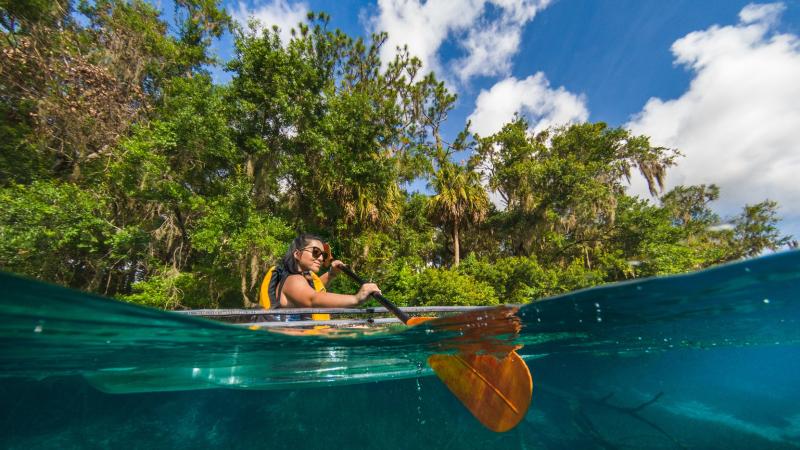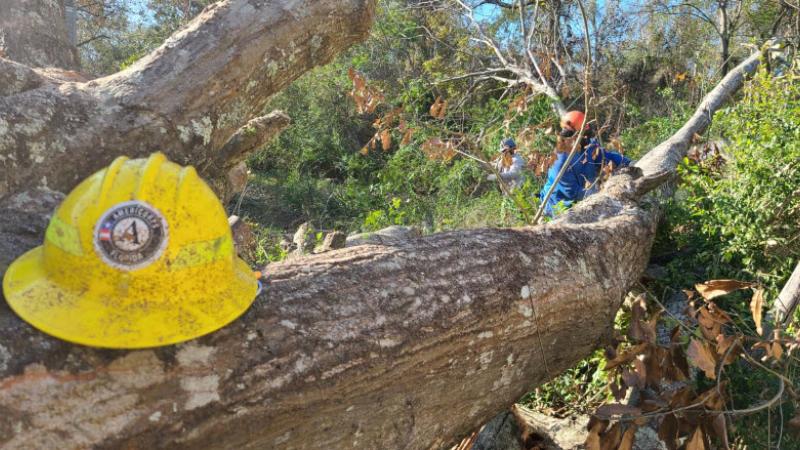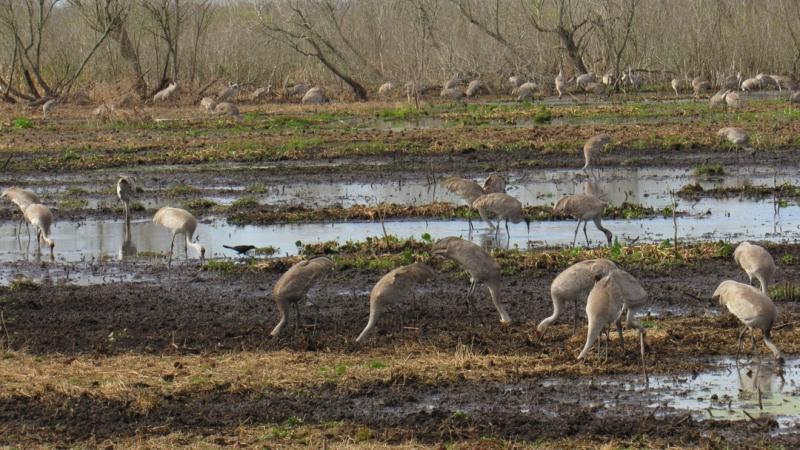
Florida's Native Archaeology

For thousands of years, Florida’s history was shaped by Native Americans.
From rich political societies to hunter-gatherer tribes, the Native people of Florida were as diverse as the environments in which they thrived.
Timucua
Spread across North Florida by the 1500s, the Timucua were not all one group but instead many clans that all spoke dialects of the same language. Though different, the cultures of most of these tribes had some similarities. They relied on both agriculture and hunting and gathering for food, with most of their protein from seafood. Their religions often emphasized worship of the sun and moon, and religious shamans were involved in all sorts of daily chores and tasks. Their villages were composed of huts with palm-frond roofs, with the village chief occupying the largest home.
As Europeans arrived in America, they brought diseases that wiped out most of the Timucua. Those that remained either left for Cuba or joined other Native groups like the Seminole. While no Timucua exist, their legacy remains in the midden mounds they left behind - heaps of earth, shells and debris that give us insights into their diet and culture.
Many state parks contain the remnants of the Timucuan culture. At Tomoka State Park in Ormond Beach, it is thought that two different Timucuan clans joined together to form the village of Nocoroco. Archaeologists have uncovered two different styles of pottery at the site, lending credence to this theory.
At Big Talbot Island State Park in Jacksonville, a shell ring and burial mound complex make up what is called the Grand Site, believed to be the center of a community built by ancestors of the Timucua. The more we uncover, the more we can learn about the diverse Timucua and their past.
Calusa
When the Spanish first arrived in Southwest Florida in the 16th century, they found they were far from the first to walk those shores. At the time, most of southern Florida
fell under the domain of the Calusa, who thrived on the productive estuaries along Florida’s coast. Ruling over villages far and wide, the Calusa leaders were paid tribute at their main settlement, believed to have been in what is now Mound Key Archaeological State Park in Estero. Their society was built on the bounties of the waterways they lived near, with elaborate rituals and ceremonies dedicated to their leader, who they believed had the power to ensure their food supply was always plentiful.
Like with the Timucua, the arrival of Europeans brought great difficulties for the Calusa. European diseases severely reduced the population, as the Calusa had no natural resistance to the illnesses that came from across the Atlantic. Warfare with other tribes also increased as European expansion pushed more native people into Florida from the north.
By the mid-1700s, the Calusa were gone.
By studying Calusa mounds, archaeologists have been able to learn much about their culture. While some of these mounds may have been little more than trash heaps, others likely served as territorial markers or burial sites. In recent years, archaeological research has uncovered the remains of what are thought to be the Calusa leader’s home, as well as the Spanish Fort San Antón de Carlos, a Jesuit mission that was known to have been built in the Calusa capital.
Both discoveries strengthen the belief that Mound Key was the Calusa’s capital.

Mayaca
One of the most incredible archaeological findings in Florida belongs to the Mayaca. Little is known about the Mayaca, who lived along the St. Johns River and on what is now Hontoon Island State Park near DeLand. They were likely hunter-fisher-gatherers based on evidence found in a shell midden on Hontoon Island, which includes the remains of shellfish and freshwater snails that were likely staples of their diet.
Fragments of pottery and wood carvings have also been found on the island, hints of the Mayaca’s way of life.
Of all the findings, none can compare to the 10-foot-tall owl effigy that was pulled from the river in 1955. Though it was originally believed to be from the Timucua, researchers now suspect the carving was created by the Mayaca. Likely carved with tools made of stone or shark teeth, nobody is quite sure what the effigy was used for: perhaps it was a religious symbol, or maybe a marker used to define territorial boundaries.

Tequesta
While the Calusa dominated Southwest Florida, the Tequesta lived a similar life on the opposite coast. Based around the Miami River, Tequesta villages could be found along the southeast coast of Florida, usually along waterways.
Using the bones and teeth of the sea creatures that made up most of their diet, the Tequesta built tools and dug out canoes to help them explore and master their surroundings.
There’s even evidence that they traded with other tribes from far north of Florida, sending goods from their coastal home north while receiving stone tools, minerals and other items not found in South Florida in return.
Diseases, conflicts with other tribes and enslavement all contributed to their eventual decline. While the Tequesta no longer exist, the shell middens they left behind still remain, often near small islands along the coast or at the mouths of rivers.
One such midden remains at Oleta River State Park in North Miami Beach, and archaeologists have also found evidence of a fish camp along the river.


